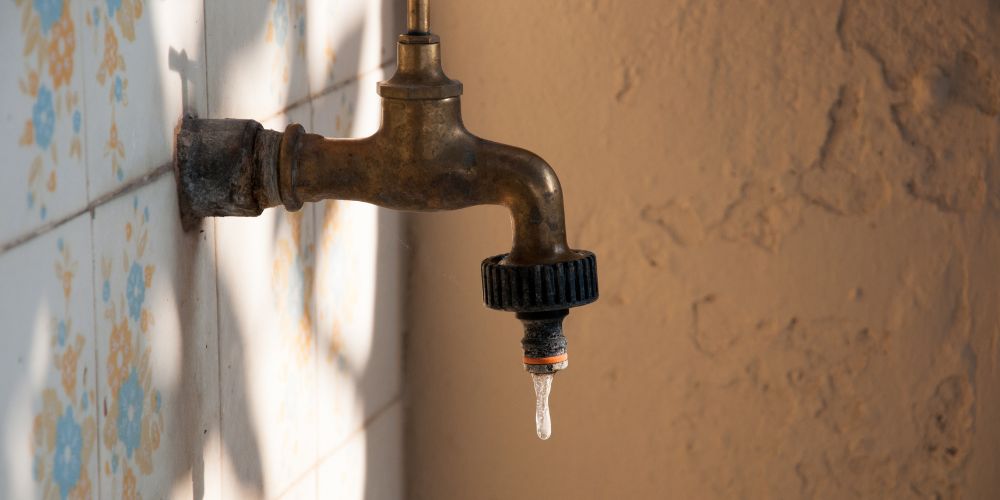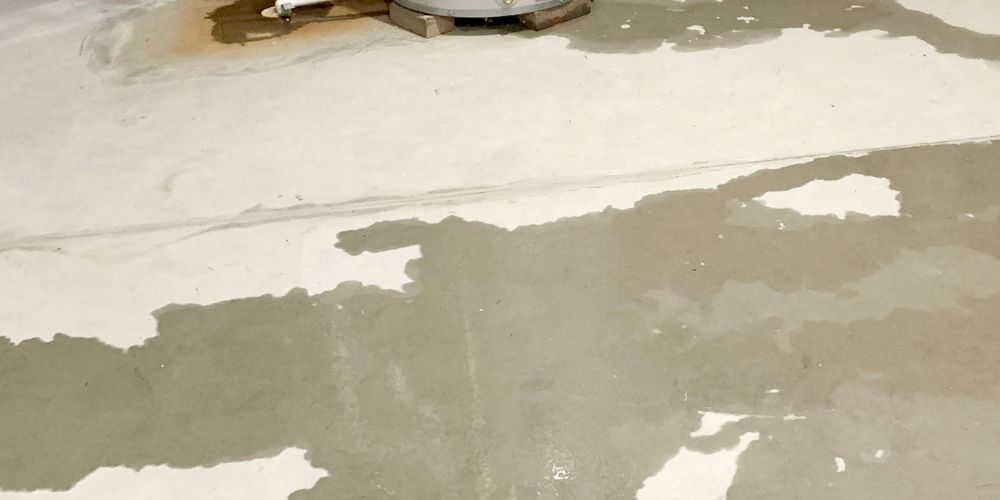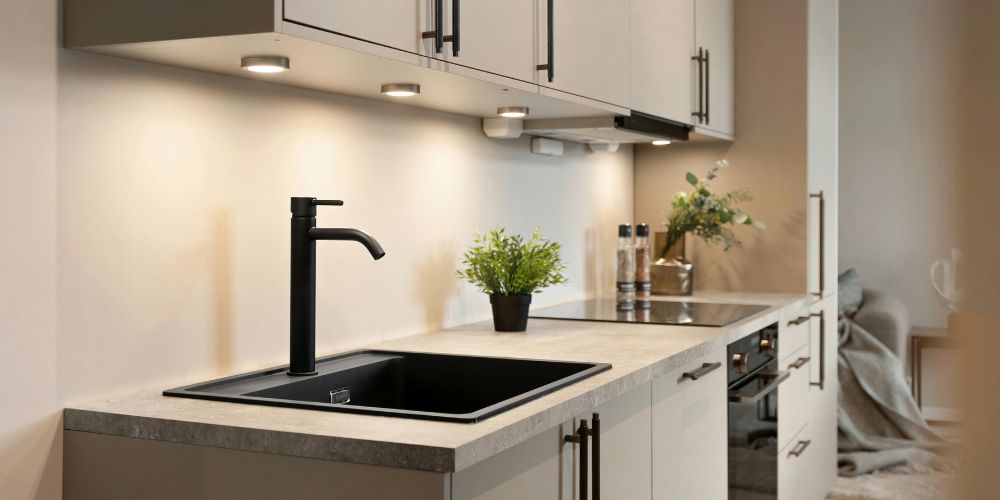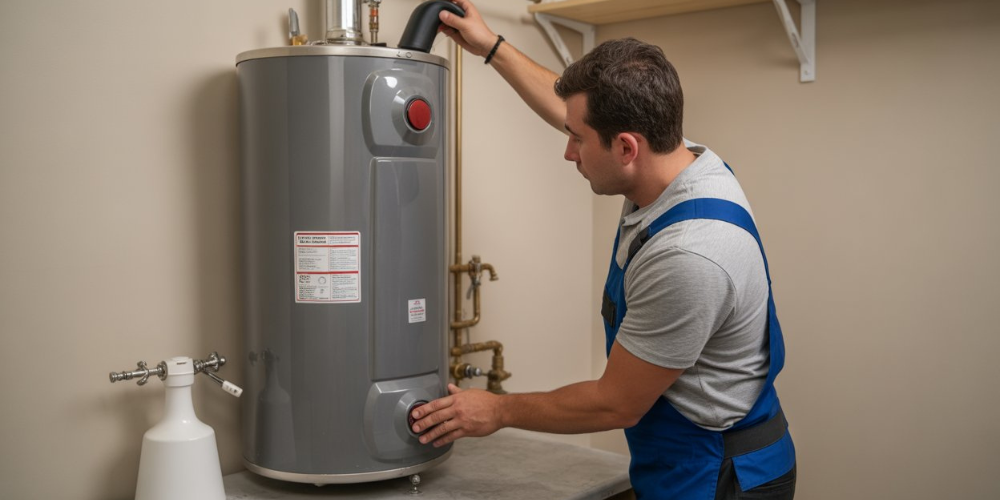Undetected water leaks can quickly become expensive problems, leading to rising water bills and costly repairs. Left unchecked, leaks can cause serious damage to your home. Leaks in the average household can waste over 10,000 gallons of water annually, enough to wash 270 loads of laundry.
Aside from increased utility bills, water damage poses significant repair expenses if it infiltrates walls and flooring. However, by using proper water leak detection methods, you can prevent financial losses and keep your home safe and dry.
The Hidden Costs of Water Leaks
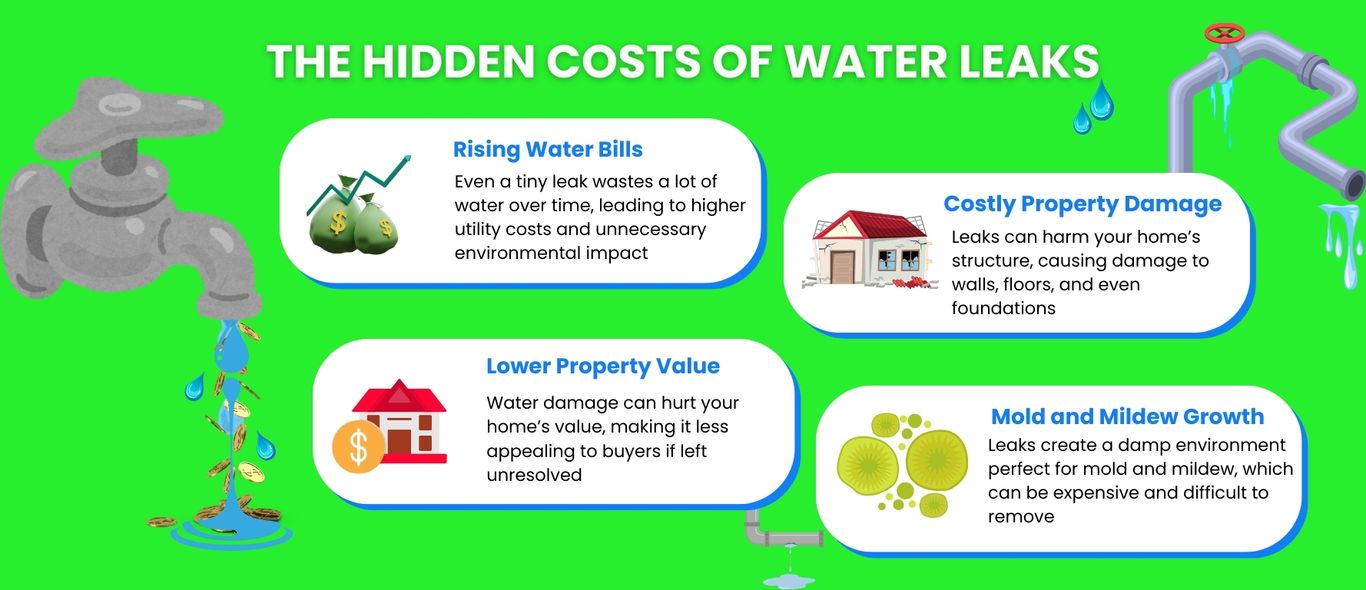
Even small water leaks can take a toll on your finances. Here’s how leaks can affect your wallet:
1. Rising Water Bills:
Even a tiny leak wastes a lot of water over time, leading to higher utility costs and unnecessary environmental impact.
2. Costly Property Damage:
Leaks can harm your home’s structure, causing damage to walls, floors, and even foundations. The repair costs for this can add up quickly.
3. Mold and Mildew Growth:
Leaks create a damp environment perfect for mold and mildew, which can be expensive and difficult to remove.
4. Lower Property Value:
Water damage can hurt your home’s value, making it less appealing to buyers if left unresolved.
Fixing leaks promptly can save you money and protect your home’s value and safety.
Also read, How to Detect Water Leaks in Your Home?
Common Sources of Plumbing Leaks
Plumbing leaks can happen in several areas, each requiring careful attention:
1. Water Supply Line Leaks
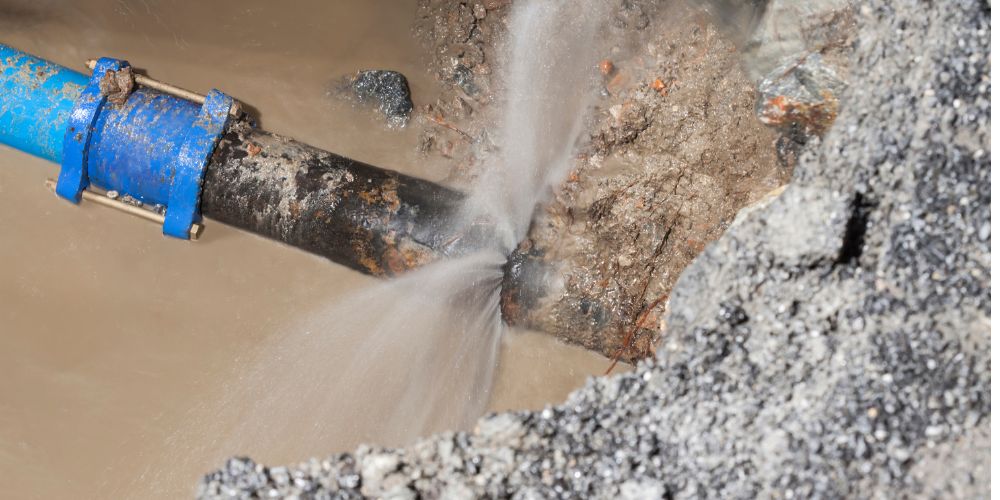
Your water supply line, running from the meter to your home, is buried underground, making leaks harder to detect. Signs include unusually wet soil or water in the meter box that isn’t from rain. If the leak is between the water main and the meter, your utility company is responsible for repairs. However, if the leak occurs between your meter and your home, you’ll need a plumber to fix it.
2. Kitchen and Washroom Leaks
A faucet dripping once per second can waste over 3,000 gallons of water annually—enough to take more than 180 showers! Dripping faucets are easy to spot, but leaks under cabinets can be trickier.
Check under your sinks for drips or puddles, which may just require tightening connections. If that doesn’t solve the issue, calling a plumber for a professional repair may be necessary.
3. Bathroom Leaks
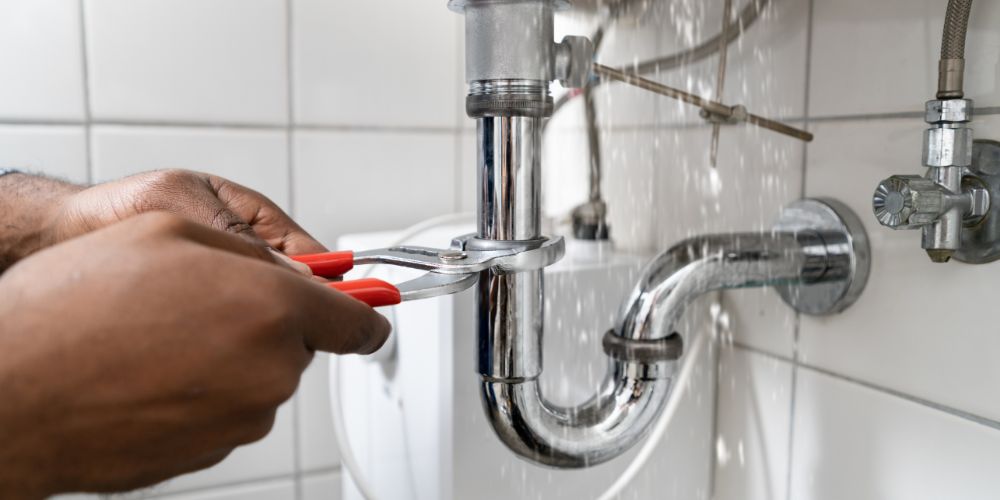
Bathroom faucet leaks are easy to notice but don’t forget to check the pipes underneath. Shower or tub leaks may need fixture adjustments or part replacements. Toilets, too, can develop hidden leaks.
If you hear a gurgling, check the water level in the tank. If water is leaking into the overflow tube, adjust the float. A food coloring test can reveal a leaking flapper, which is an easy DIY fix. If the issue persists, the refill assembly may need to be replaced.
4. Pool and Fountain Leaks
Even small leaks in pools or fountains can significantly increase your water bill. To check for a leak, place a bucket on the top pool step and mark the water levels inside and outside. If the water level outside drops faster than inside, you likely leak the structure or plumbing.
By keeping an eye on these areas and addressing leaks early, you can avoid costly repairs and water waste issues with San Antonio’s expert plumber.
Why Install a Leak Detection System?

A leak detection system helps safeguard your property by quickly identifying leaks before they cause significant damage or mold growth. It conserves water, minimizing waste and supporting sustainability. Early detection also lowers repair costs by addressing issues before they worsen.
Additionally, some insurers or regulatory bodies offer incentives like lower premiums or compliance benefits, encouraging proactive leak management. By installing a leak detection system, you enhance property protection, conserve water, and reduce maintenance costs, all while aligning with environmental and financial goals.
How to Prevent Water Leaks and Lower Your Bills:
Taking action to prevent water leaks is far easier and more cost-effective than handling the damage they can cause. Here’s how to minimize the risk:
1. Regular Maintenance:
Schedule routine plumbing inspections to identify potential issues before they become costly leaks.
2. Upgrade Aging Fixtures:
Replace worn-out pipes, hoses, and fixtures to prevent leaks from developing over time.
3. Install Leak Detectors:
Smart leak detectors provide real-time alerts, helping you respond quickly to prevent damage, which causes over 250,000 winter pipe bursts each year in the U.S.
4. Insulate Pipes:
In colder climates, insulated pipes help prevent freezing and bursting, common causes of leaks.
5. Control Water Pressure:
High water pressure can strain your pipes. Installing a pressure regulator helps keep it at safe levels.
By taking these preventative steps, you can minimize the chances of leaks and protect your home from costly water damage.
DIY vs. Professional Leak Detection
While some leaks are easy to spot and fix on your own, others require a professional touch. DIY leak detection might seem like a cost-saving option, but it can be risky, leading to incomplete repairs or more significant damage down the line.
If you’ve tried everything and still can’t pinpoint the source or repair the leak, it’s time to call in a professional plumber. With their experience, expertise, and specialized tools, they can quickly identify and fix leaks, ensuring the problem is fully resolved and preventing future issues.
Protect Your Home and Your Wallet from Water Leaks
Water leaks can quickly lead to skyrocketing bills and expensive repairs if left unchecked. By being proactive with regular maintenance, upgrading fixtures, and installing leak detection systems, you can avoid these costly problems and keep your home safe.
Don’t wait for a small leak to turn into a major disaster. PlumbSmart offers expert leak detection and repair services, helping you protect your property and reduce water waste. Contact us today to schedule a plumbing inspection and ensure your home stays dry and damage-free!


